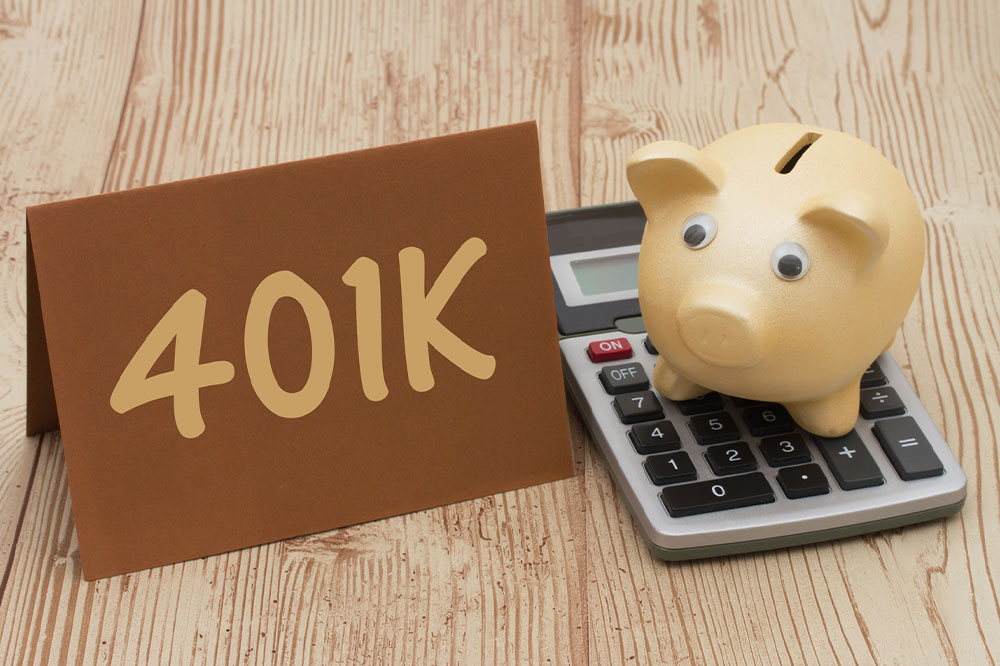
Key things to know about 401(k) plans
401(k) is one of the most popular savings and investment tools designed for a financially secure retirement. It is an employer-sponsored retirement plan. The employees contribute to the 401(k) savings from their income, and the employer, in turn, matches the contribution. Employees can take loans against their contributions or use the 401(k) as an investment option, withdrawing the accumulated funds once they retire. Here is everything to know about this plan:
What is 401(k)?
Congress designed the 401(k) plans to encourage citizens to save money for their retirement and utilize tax benefits on the contributions they make. Once one starts a 401(k) account, the contributions are automatically withdrawn from their paycheck and invested in funds, stocks, bonds, or any other options attached to the 401(k) plan. Today, the annual contribution limit is $22,500 annually.
How to get started?
Some employers may automatically enroll one into a 401(k) during onboarding, while others may do it after a waiting period. Some companies give employees the option of enrolling at their convenience anytime during the year. Then they can set up a contribution and choose a plan type. One can increase, decrease, or pause contributions at any time.
Types of plans
There are broadly two types of plans one can consider, namely 401(k) and Roth 401(k) plans. The main difference here is how the account is taxed. While most employers offer 401(k) plans, some offer both types. Employees can contribute to both plans without exceeding the annual contribution limits.
Traditional 401(k): A traditional 401(k) is a plan where the contribution is withdrawn from the income before the IRS deducts any tax, i.e., at the end of the year, the taxable income is reduced by the total amount of contribution. Another benefit is that the income one earns from the 401(k) is tax-free until they withdraw the amount at retirement.
Roth 401(k): Here, the monthly contribution towards 401(k) is made after the income tax has been deducted. So, one cannot claim a tax deduction on the amount contributed throughout the year. Further, when withdrawing 401(k) at retirement, one does not have to pay taxes on the total contribution or investment earnings like interests, dividends, or bonuses. One must pay a penalty on withdrawing money from a Roth 401(k) before they turn 59½ years. This type should not be confused with Roth IRA, which is an investment option not sponsored by the employer
Solo 401(k) plans: Solo 401(k) plans are designed for self-employed professionals who want to save for retirement. A spouse, too, can participate in a solo 401(k) plan. Here, one makes both employee and employer contributions. One can choose either traditional or Roth 401(k) plans and are eligible to receive all the benefits of the type they select. The maximum contribution limit is higher than employer-sponsored retirement plans. One can contribute their total salary if it matches the contribution limit, allowing self-employed persons to minimize taxes. The annual contribution limit for solo 401(k) is $66,000 today, and a couple can save about $132,000.
Further, self-employed individuals and small business owners can consider a simplified employee pension (SEP) plan or SEP IRA if they want a simplified process of making contributions toward retirement.




